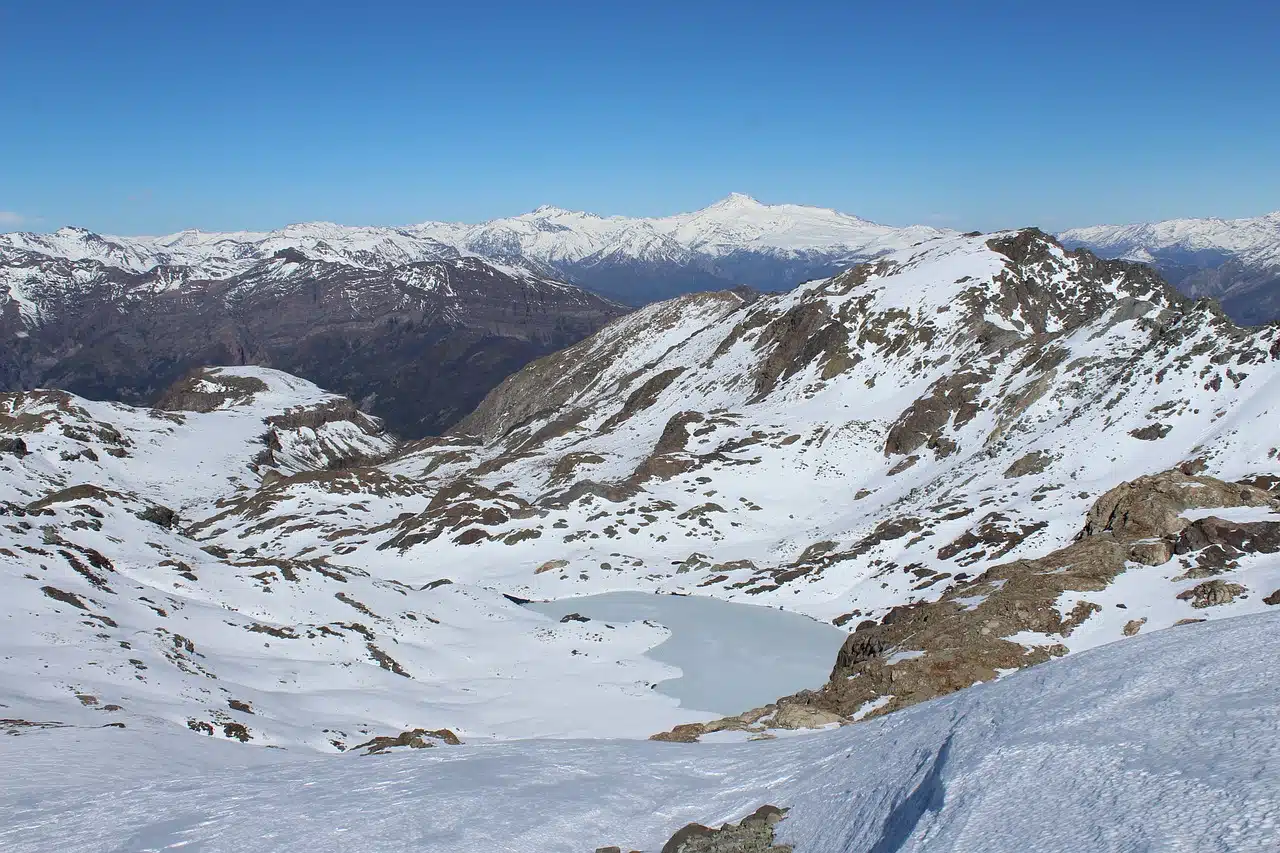
Geography can be represented on a map, where parallels such as the equator, the tropic of Cancer and the tropic of Capricorn can appear for reference.
Geography is the science that is responsible for the description of the Earth . The word - coming from the Latin geographĭa , which in turn derives from a compound Greek term - can also be used to refer to the territory or the landscape .
Geography, therefore, studies the ecological environment , the societies that inhabit it and the regions that are formed when this relationship occurs. In other words, it is responsible for analyzing the human- Earth relationship and the geographical phenomena of the Earth's surface.
School subject and university career
Currently, there is a degree in Geography in universities around the world. With it, students get extensive training in this subject from various points of view. Thus, for example, they study in depth and acquire the necessary knowledge and skills in fundamental disciplines in this field such as cartography or remote sensing .
However, in addition to those mentioned, they also learn a multitude of questions about the identification of the causes that give rise to human processes such as emigration or depopulation . And all this without forgetting the areas related to the understanding of natural facts, such as climatology or hydrobiology .
At lower educational levels such as primary or secondary school there is also the subject Geography and in it students learn issues such as the planets , the movements of the Earth , how to place a country within the globe, the capitals of nations, the cities of the world and the existing types of climate .
Principles and traditions of geography
Geography has several principles, stipulated by specialists throughout history . The principle of location , for example, was supported by Federico Ratzel and consists of locating the geographical fact , which also allows the geographical phenomenon to be identified.
The principle of comparison , analyzed by Carl Ritter , explains the relationship that exists between a fact and a geographical phenomenon. We can also mention at the beginning of the explanation , studied by Alexander von Humboldt , who investigates the phenomenon based on verifications; the principle of description , contributed by Vidal de la Blanche , which allows deciphering the geographical fact by analyzing its causality; and the principle of geographical observation , which makes it possible to visualize geographical phenomena based on the reference that originates on the surface or in space.
As for geographical traditions (the currents or lines of study existing in this science), the physical tradition appears (in charge of physical aspects, such as relief and vegetation ), the chorological tradition (studies territorial systems, both natural spaces as social), the ecological tradition (focuses on the interaction between human groups and the physical environment), the landscape tradition (analyzes natural and cultural landscapes), the spatial tradition (location and distribution of natural and cultural phenomena) and social tradition (it is responsible for societies and the environments where they live).

Through longitude, latitude and height, the geographical coordinates are determined that allow any point in the Earth's geography to be located.
The study of the earth's surface
Physical geography is the branch of geography focused on the analysis of the Earth's surface and geographic spaces. It was previously known as physiography .
Hydrography , glaciology , geomorphology and orography are some of the fields of study in this branch. Physical geography therefore examines ranges , mountains , plains, plateaus , watersheds , rivers , lakes , oceans , glaciers , icebergs , and islands , for example.
human geography
Human geography is the division of geography dedicated to the study of societies taking into account space, examining how communities are linked to the physical environment , and observing the construction of cultural landscapes .
Economic geography , political geography , population geography , urban geography , rural geography , cultural geography and medical geography are some of its areas, which in turn are linked to sciences such as anthropology , economics , sociology , agronomy , history , urban planning , architecture and medicine .
It is interesting to mention that geopolitics is the specialty that investigates the effects that physical geography and human geography have on politics, especially with regard to international relations.

In some cases, state borders are established based on geography, such as a mountain or a river.
Geomorphological units
Geography studies the geomorphological units known as geographical features . This is the name given to the different forms that the terrestrial terrain adopts in different places, with different characteristics according to its orientation, slope, elevation and other features.
The continents and oceans , in fact, are the highest level or hierarchical landforms. Due to sedimentation , erosion , plate tectonics and other factors, modifications to features may occur or new ones may even emerge.
Cliffs , ravines , cays , dunes , aquifers , bays, capes , oases and peninsulas are geographical features. A hill , a valley , and a volcano also fall into this category.
"Atlas of human geography", a novel by Almudena Grandes
In addition to all the above, we have to emphasize that one of the main novels by the writer Almudena Grandes takes the term in question as a fundamental piece of its title. We are talking about "Atlas of human geography" .
This 1998 novel revolves around the lives of four women who work together in a publishing house and whose project is to create an atlas of Geography. A task that, while it is being developed, at the same time allows the reader to know in depth the life of each of these women.
